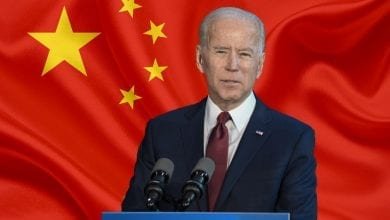Tsunamis Teach Lessons in Safety
Sen. Joe Leiberman appeared in an interview with Bob Schieffer on Sunday. In the interview, Leiberman made the case that the U.S. must reassess nuclear safety in the shadow of what happened in Japan. Is it reasonable to think we can harden our infrastructure against any possible future mishap?
If we take the angle that Leiberman and the rest of the anti-nuclear left peopose and build only the hardiest, volcanic eruption, meteor strike-proof reactors, shouldn’t we consider the other infrastructure items that were damaged or destroyed by the earthquake and tsunami?
So first lets look at the massive loss of life due to different infrastructure failures during the Japan disaster.
Trains: At least one passenger train with an unknown number of passengers completely disappeared in the tsuanmi – let’s call it .. 50 people gone
Bridges: 60 bridges collapsed, certainly at least one person was involved in those incidents: we’ll call it one person killed
Houses: An unknown number of houses came off their foundations, collapsed on their owners or otherwise failed to protect the occupants: current death toll is 1,596
Nuclear Reactors: Zero, nada, none, zilch, not one.
Out of a projected 20,000+ dead from the disaster, nuclear power plants were responsible for none.
Why aren’t we talking about banning bridges, high-speed rail, houses?? They caused far more death and injury.
Certainly high-speed trains should never pass through a quake zone or even some safety radius from a known fault fine – can you imagine the tragedy that could result? The lesson we have to take from this is that we should not build trains, bridges, roads, houses, or much of anything else in earthquake-prone areas – like say .. San Fransisco – those things just get far too many people killed.



